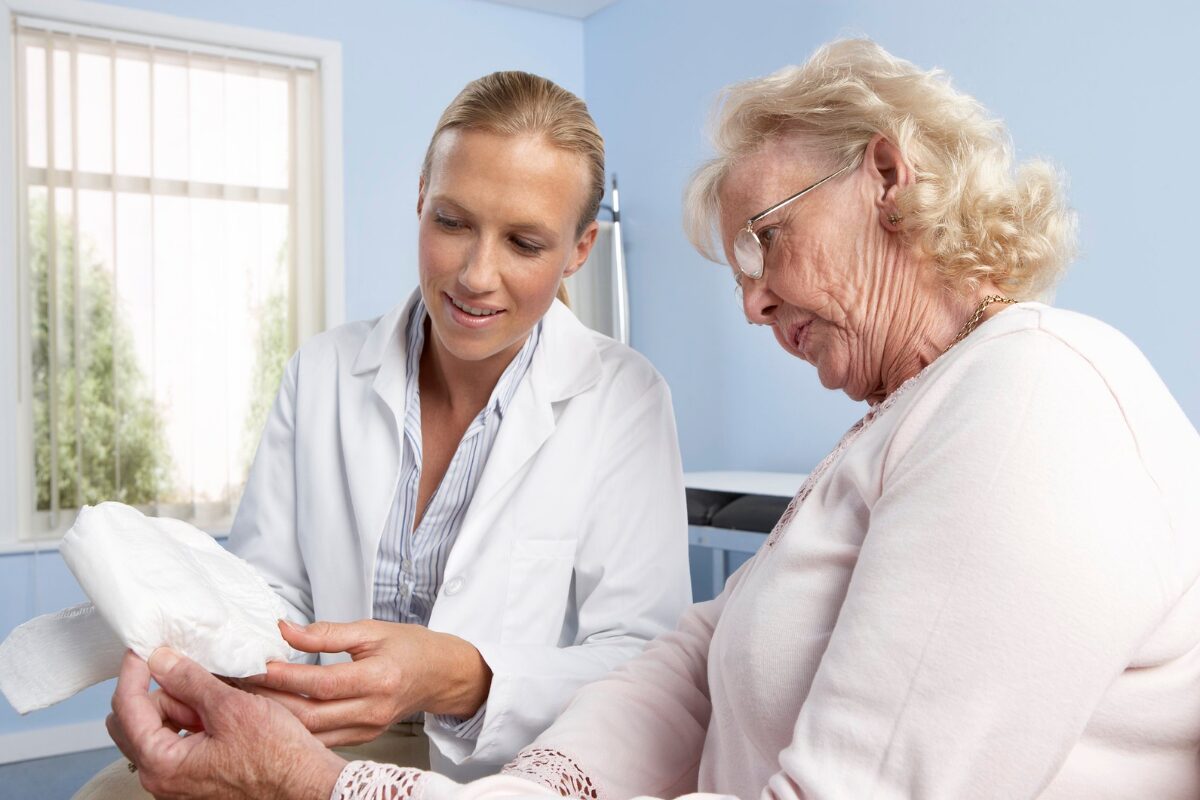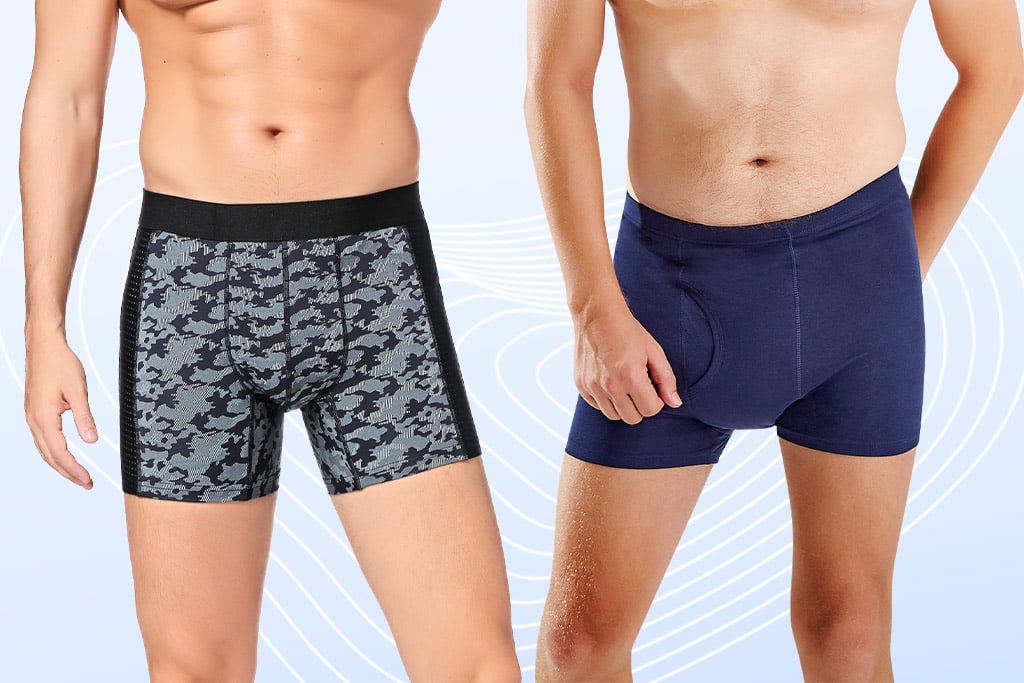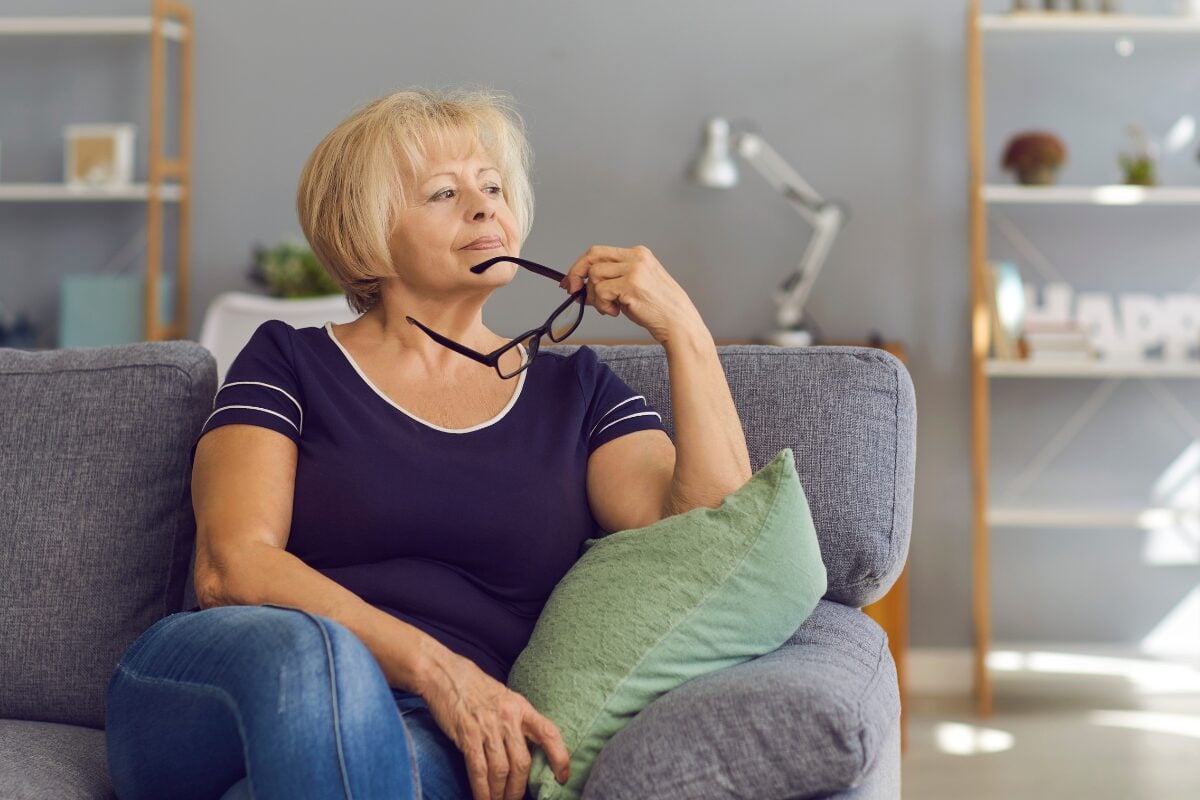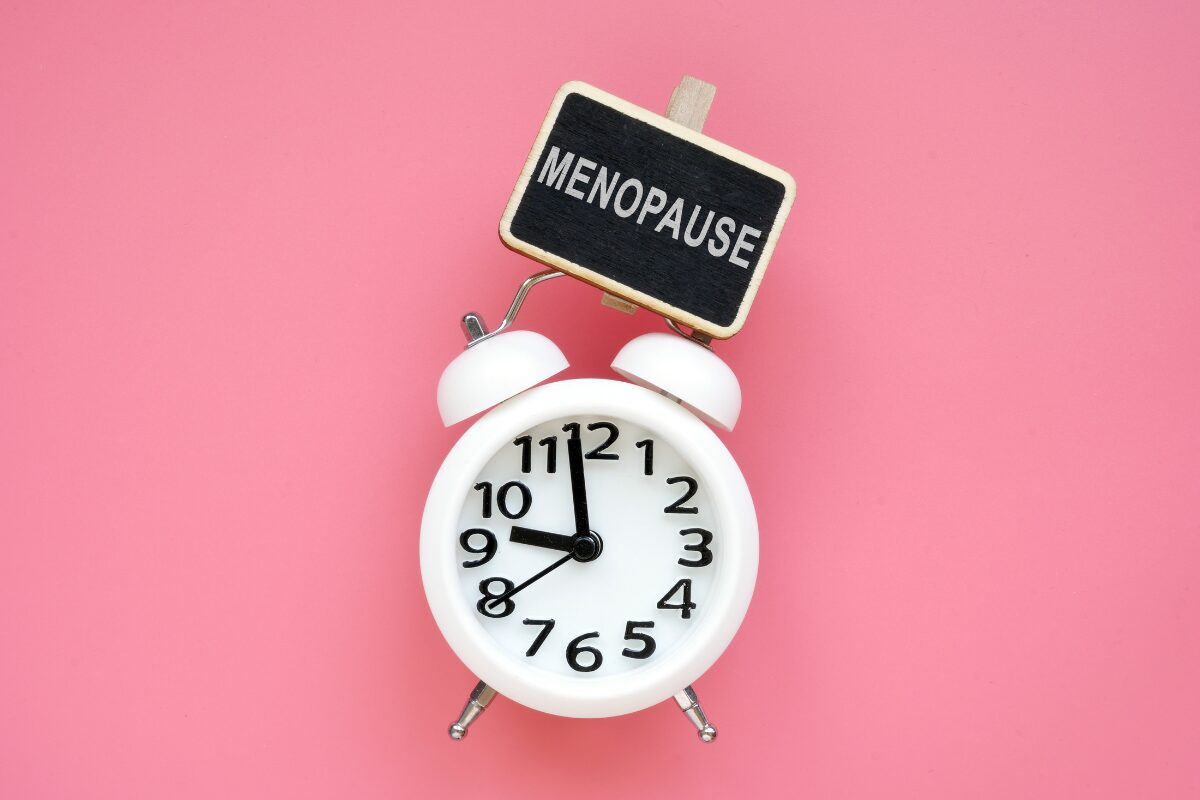
How To Talk To Your Partner About Incontinence
If your partner is experiencing incontinence, you might suddenly feel like you are in uncharted territory. Incontinence is both a physical condition and a lifestyle change.
Intellectually, we understand that incontinence is a medical condition outside of our control. Emotionally, however, it’s a different story. Losing the ability to fully control our bladder and bowels – a skill gained in early childhood – can bring with it intense feelings of shame, embarrassment, anger and denial. For those in a partnership, incontinence also brings fear of loss of sexual attraction, and sometimes fear of diminished affection.












